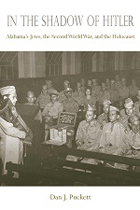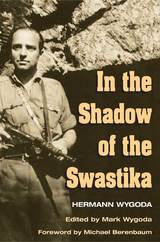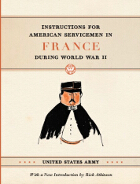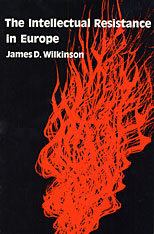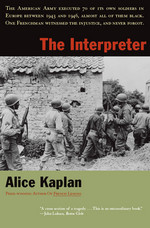Paper: 978-0-674-06799-8
Like her colleagues—Cassatt, Degas, Monet, and Renoir—Berthe Morisot sought to represent the experience of modern life, a project that for her entailed rethinking what it meant to be a woman in the nineteenth century. Through close attention to the artist's work and its context, Anne Higonnet shows how Morisot transformed her femininity and its visual culture into impressionist paintings.
Higonnet presents a clear picture of visual traditions that, though very much a part of Morisot's world and work, figure only marginally in art history. Amateur picture making enormously popular among nineteenth-century women and industrialized feminine imagery dominated by the fashion plate provide a background and context for Morisot's imagery. Focusing on formal choices—poses, composition, brushwork—Higonnet compares Morisot's images of women with those of Cassatt, Degas, and Manet. And she examines critical themes: Morisot’s self-portraiture; her attempts, with Cassatt, at painting the female nude; and her pictorial explorations of the mother-daughter relationship.
See other books on: Gender Studies | Higonnet, Anne | Social Science | Women
See other titles from Harvard University Press



